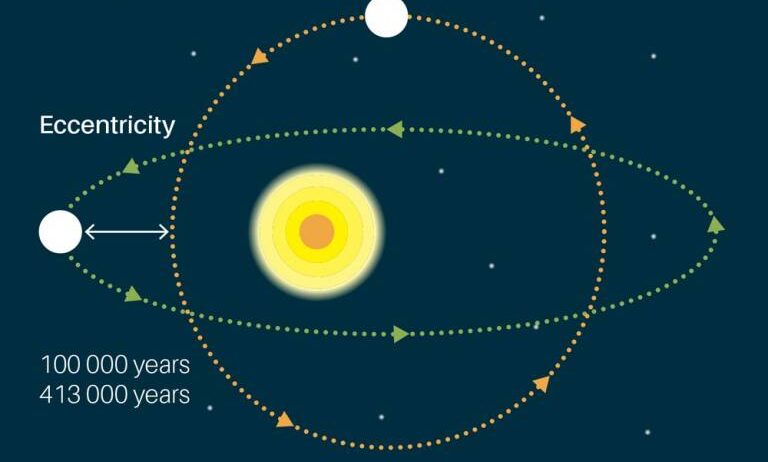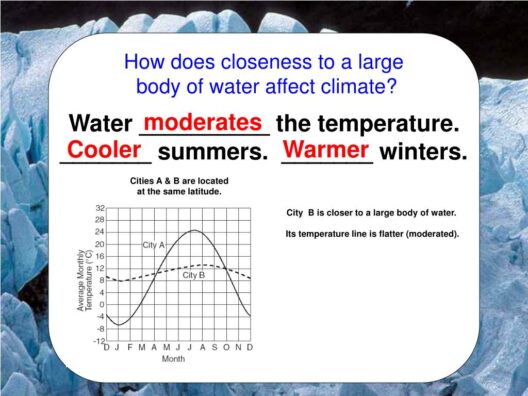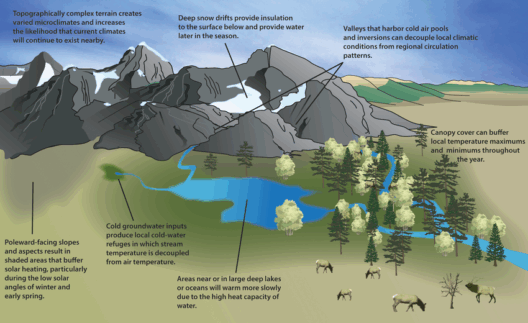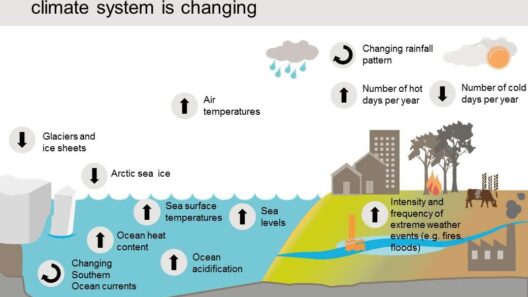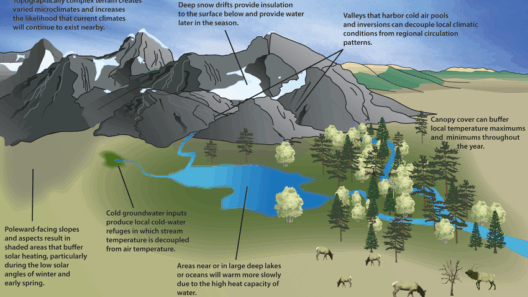The vast expanse of Earth’s oceans, covering more than 70% of its surface, plays a critical role in the regulation of the planet’s climate. However, anthropogenic influences, particularly in the context of climate change, have begun to severely compromise these vital ecosystems. The escalating phenomenon of rising tides and the consequential alteration of ocean currents pose significant threats not just to marine life, but to global weather patterns and human livelihoods alike.
Oceans serve as a remarkable carbon sink, absorbing nearly a third of the carbon dioxide emissions produced by human activities. Yet, this characteristic is becoming increasingly detrimental. The absorption of CO₂ leads to ocean acidification, a chemical transformation that detrimentally affects marine organisms. Creatures such as corals, mollusks, and various types of plankton are particularly susceptible to lower pH levels. This isn’t just an ecological concern; it’s a pressing issue for economies reliant on fishing and tourism, where these organisms serve as both keystone species and integral parts of marine biodiversity.
As the atmosphere warms due to greenhouse gas emissions, it becomes a catalyst for the expansion of ocean water. Thermal expansion contributes significantly to rising sea levels, along with the melting of polar ice caps and glaciers. This phenomenon poses a direct threat to coastal communities, as increased flooding, erosion, and habitat loss become more commonplace. Low-lying areas, especially in regions such as the Caribbean, Southeast Asia, and the Pacific Islands, face an imminent existential crisis where entire communities may require relocation.
Among the most poignant illustrations of rising tides are the effects of coastal inundation. Storm surges have become more frequent and severe. These surges, amplified by heightened sea levels, lead to devastating disruption during extreme weather events, leaving behind a landscape replete with damage and dislocation. Vulnerable populations bear the brunt of these realities, often lacking the resources to adapt or recover.
However, the rising tides are but one part of the oceanic tapestry affected by climate change; the currents within these waters are equally impacted. Ocean currents, like rivers in the sea, are driven by wind, earth’s rotation, and variations in water density. These currents are crucial in regulating the global climate by distributing heat across the planet. Changes in ocean temperature and salinity due to climate change can disrupt these currents, leading to a cascade of ecological consequences.
The Gulf Stream, for example, is one of the most significant ocean currents in the Atlantic. It brings warm water from the tropics to the North Atlantic and plays a pivotal role in regulating weather patterns within North America and Europe. However, as climate change warms the ocean, the Gulf Stream is showing signs of weakening. This weakening makes Europe more susceptible to severe winter storms, while simultaneously altering weather patterns across North America, resulting in intensified heat waves and anomalous precipitation.
Additionally, the weakening of currents influences marine ecosystems and the fish populations that depend on them. Many species rely on specific current patterns for spawning, feeding, and migration. Disruptions to these currents can result in habitat loss and a decline in fish stocks, which in turn affects global food security and local economies dependent on fishing. Over time, the ramifications may lead to shifts in biodiversity, with potential extinctions of species unable to adapt swiftly to these changes.
Moreover, as ocean temperatures continue to rise, there is a growing incidence of marine heatwaves. These temporary spikes in temperature can cause underwater ecosystems to experience stress akin to droughts on land. Coral bleaching is one poignant example of this phenomenon. When coral polyps expel the colorful algae (zooxanthellae) that live within them due to elevated temperatures, they turn white and become more susceptible to disease, further exacerbating the plight of coral reefs globally.
The interdependent relationship between ocean health and climate stability cannot be overstated. Healthy oceans are foundational to earth’s climate system, offering a buffer against extreme weather and contributing to the global economy. As oceans suffer, so too do humans, particularly those in marginalized communities who rely directly on marine resources for sustenance and livelihood.
It is imperative to appreciate the oceans not merely as distant bodies of water, but as integral components of our shared planetary system. To address these multifaceted challenges, a concerted global effort encompassing policy reform, community engagement, and scientific research is vital. Conservation initiatives must be prioritized while transitioning to sustainable practices that reduce carbon footprints and protect marine ecosystems from exploitation.
As the phenomena of climate change persist in impacting oceans, our understanding of these changes and their nuances must deepen. Rising tides and dying currents present a complex mosaic of challenges that necessitate a holistic and informed approach. By embracing interdisciplinary strategies that incorporate the voices of local communities, scientists, and politicians, we can foster a sustainable future for our oceans; one that balances human needs with the preservation of the delicate marine environments that sustain life on Earth.



